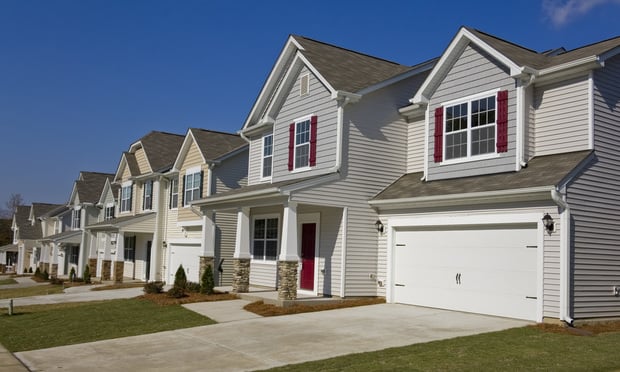Despite the overall successful shift to working from home, offices are not a thing of the past, according to a new report from real estate investment management firm Black Creek Group.
While there are potential cost-savings to having employees permanently work from home—notably, spending less money on office space—they want to be back in the office for at least a few days a week as the Covid-19 pandemic wears on, the report found. It added that over time a fully remote work force suffers declines in collaboration and productivity.
"Investors owning multi-tenant office buildings that provide flexible configurations in desirable, lower cost-of-living cities or suburban markets could benefit," Black Creek said in the report.
Recommended For You
Want to continue reading?
Become a Free ALM Digital Reader.
Once you are an ALM Digital Member, you’ll receive:
- Breaking commercial real estate news and analysis, on-site and via our newsletters and custom alerts
- Educational webcasts, white papers, and ebooks from industry thought leaders
- Critical coverage of the property casualty insurance and financial advisory markets on our other ALM sites, PropertyCasualty360 and ThinkAdvisor
Already have an account? Sign In Now
*May exclude premium content© 2025 ALM Global, LLC, All Rights Reserved. Request academic re-use from www.copyright.com. All other uses, submit a request to [email protected]. For more information visit Asset & Logo Licensing.








